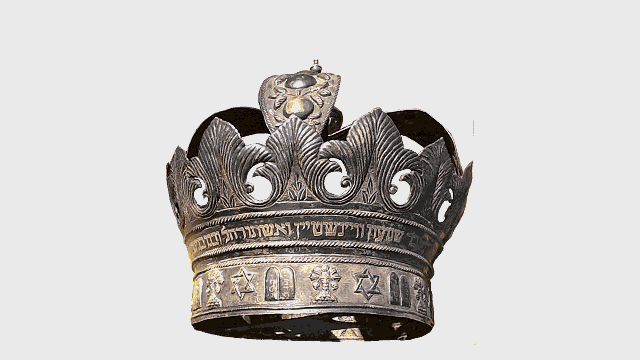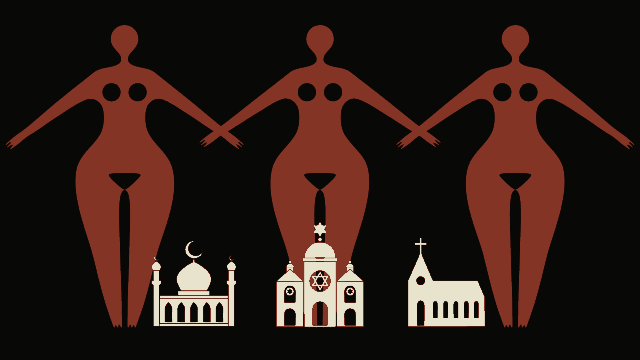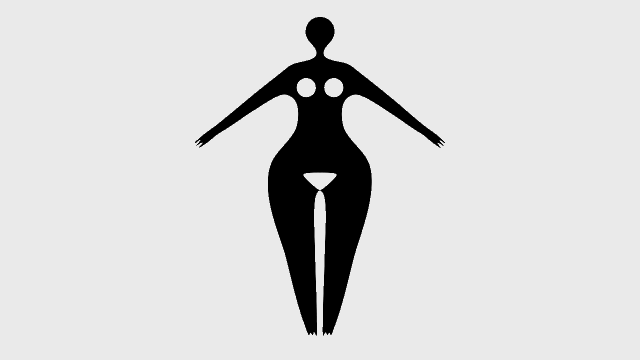Philadelphia Bike-a-Log: Brompton on the Schuylkill River Trail
I brought my Brompton to Philadelphia so I wouldn’t need to get in a car between the station and my hotel (in fact I made it all the way to Philly without getting in a car at all, by riding the Brompton 80 miles to the train station). But I also wanted to ride the Schuylkill River Trail, and Friday that’s what I did. It did not disappoint! I would have taken more photos, but I was enjoying myself too much to dismount every time I saw another scenic opportunity. I recommend riding it yourself if you can; it is very pretty.
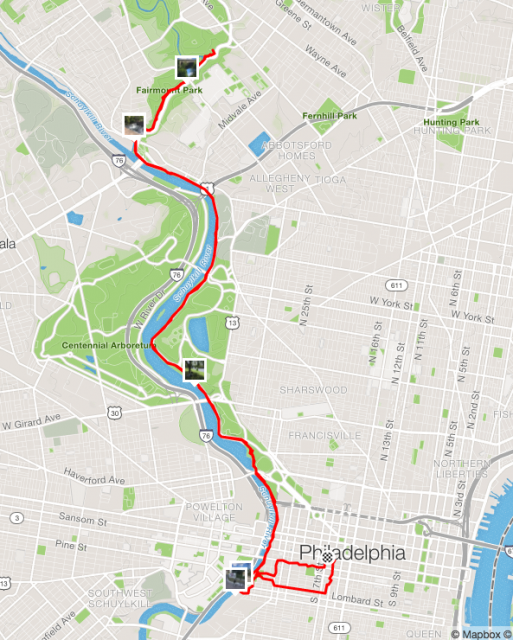
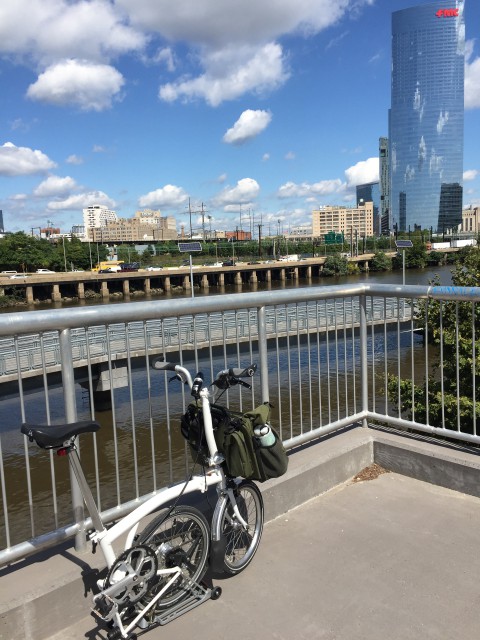
Continue reading “Philadelphia Bike-a-Log: Brompton on the Schuylkill River Trail”
Urbana IL to Crawfordsville IN on a Folding Bike
Last week I took a break from pushing pixels to have a life, and that life included a trip to Philadelphia. My departure station was Crawfordsville, IN. Since it was a nice day and winds were favorable, I rode the whole 80 miles on my Brompton folding bike, which I’d planned to take to Philly with me anyway. I’d really been neglecting the Brompton this Summer, as my back prefers recumbents. But it’s still a sweet bike, and with frequent breaks for back stretches, I made it without damaging myself.
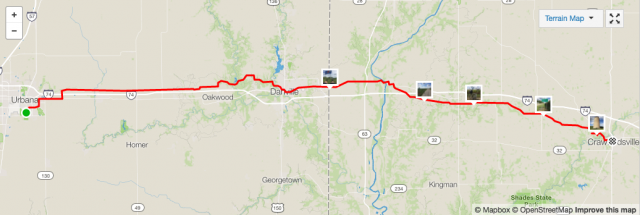
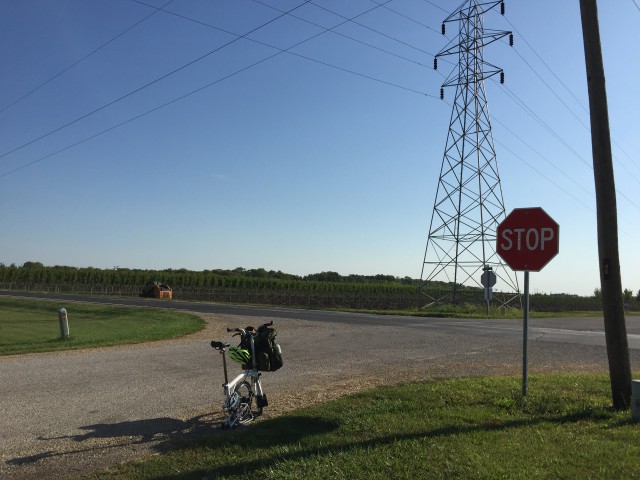
Continue reading “Urbana IL to Crawfordsville IN on a Folding Bike”
Goddess Dance
Fun with negative spaces in Moho.
On the subject of “the Goddess”: some people seem to think I’m asserting a “single female creator goddess.” I’m not. I am an atheist. “The Goddess” refers not to any personal religious belief, but rather the fact that all early peoples conceived the divine as female. It doesn’t matter what region, what number of names, what language – the earliest religions were goddess-based. “The Goddess” doesn’t refer to any particular religion, but a principle of all of them.

